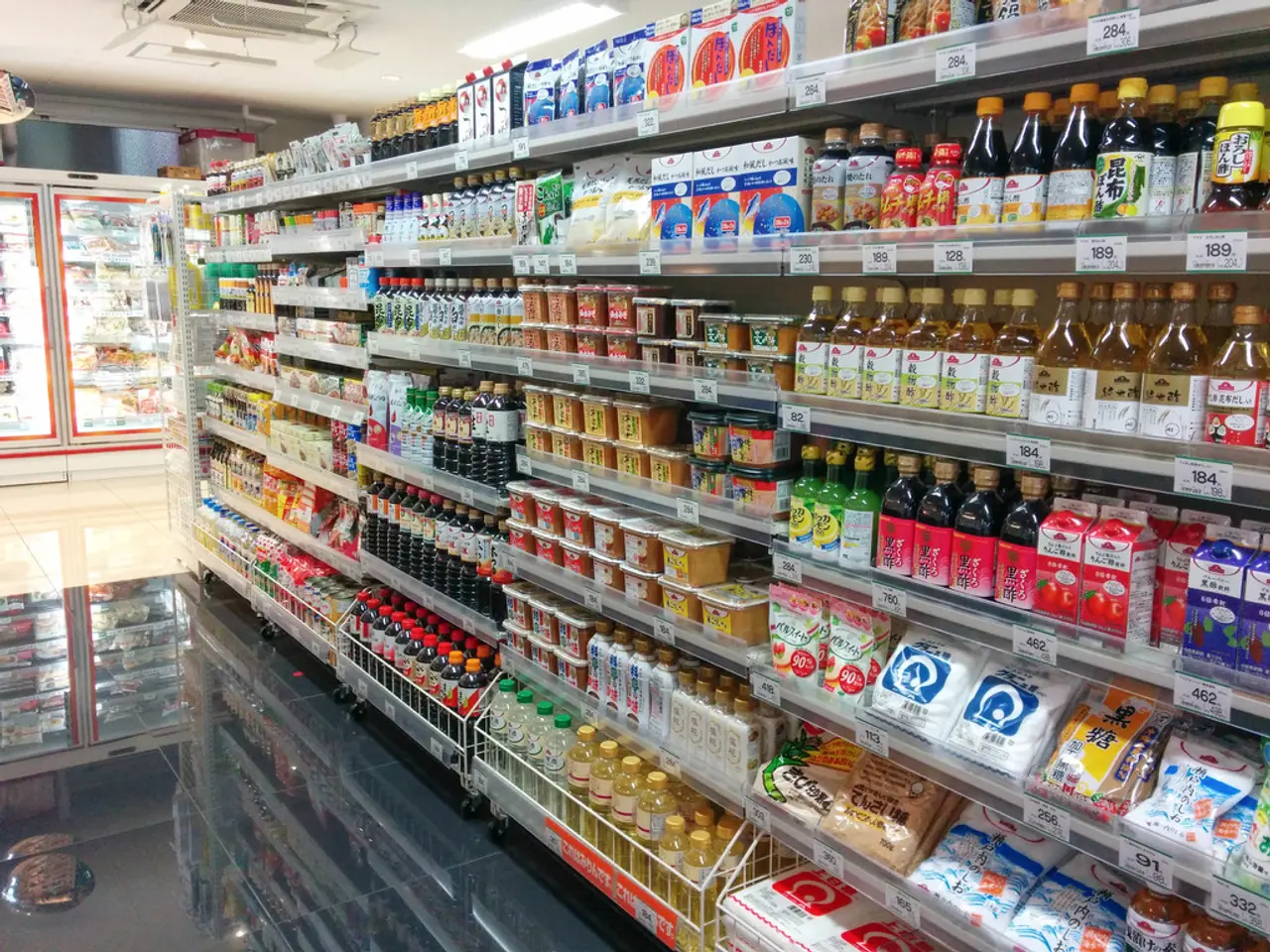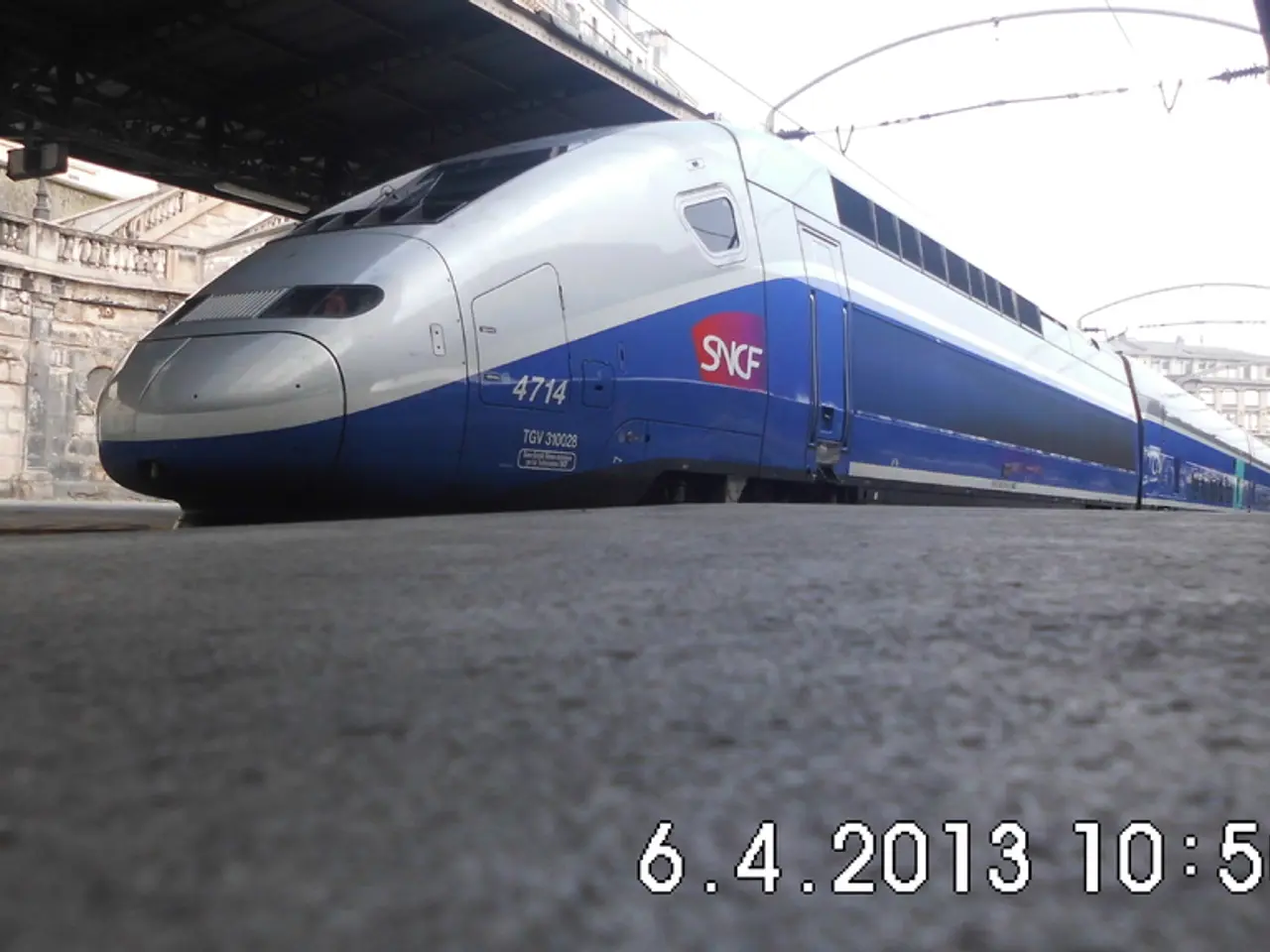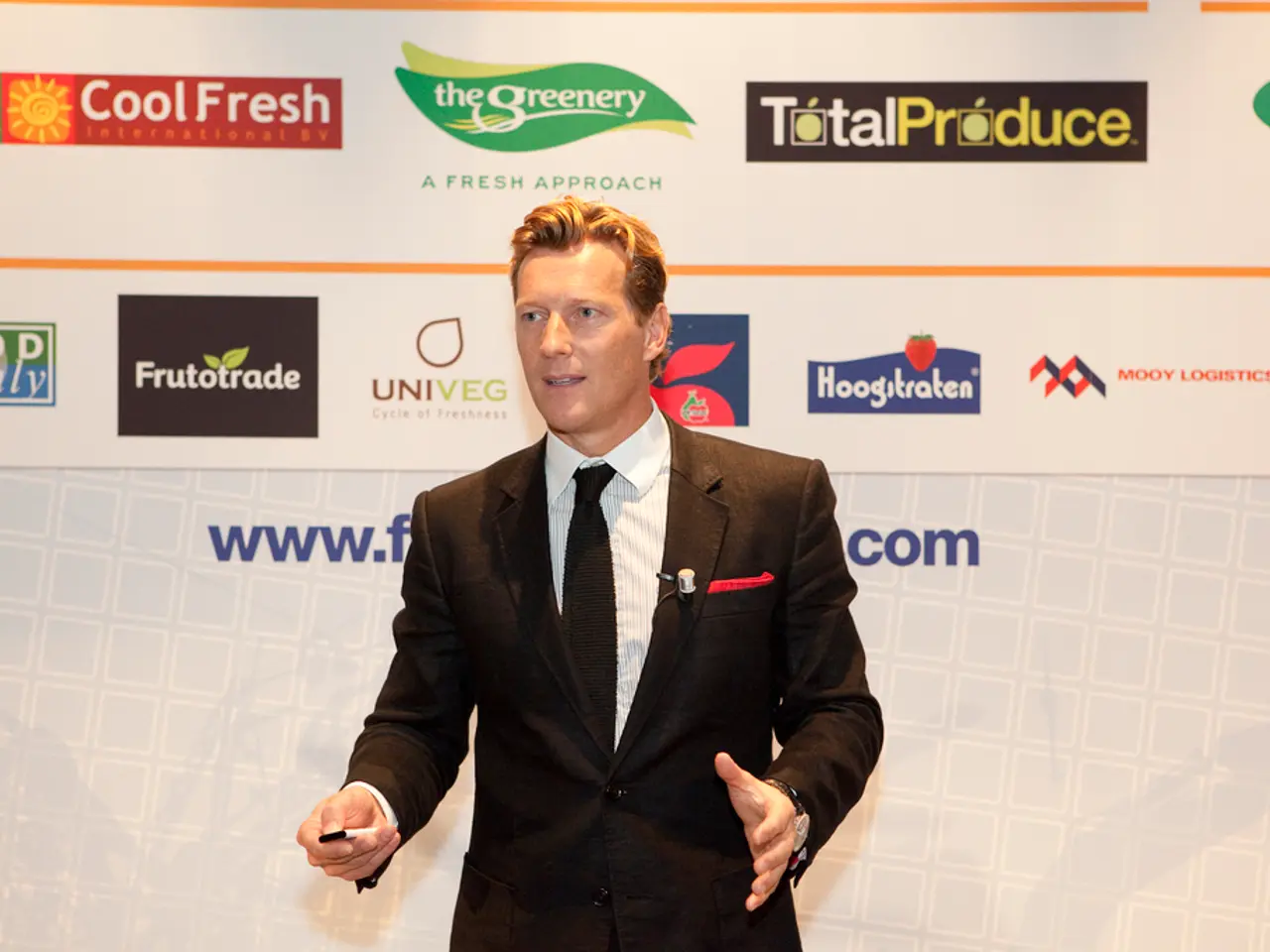Futures trading of silver experiences a decline, with the price dropping by ₹694 to reach ₹1,07,735 per kilogram.
In the global markets, silver prices took a dip on July 7, 2025, with the precious metal trading at $36.54 per ounce in New York. This decline, observed in silver contracts for September delivery, was a result of participants reducing their bets, marking a temporary setback in the market.
However, it is essential to note that this decline does not necessarily indicate a long-term trend. The current factors influencing the price of silver in international markets in 2025 are complex and multifaceted, stemming from a mix of economic, industrial, and investment dynamics.
One of the key drivers of silver prices is the increased use of the metal in green technology and manufacturing. Over 50% of silver's demand comes from industrial use, including electronics, solar panels, medical equipment, and automotive components. The push for green energy—especially solar photovoltaics and electric vehicles—is a major driver elevating silver demand and prices.
Another factor influencing silver prices is the limited supply of the metal. Delays in new mining projects and production challenges have created a supply gap, supporting higher prices.
Investor interest in silver as a store of value, particularly amidst inflation, rising U.S. debt, and global trade tensions, also plays a significant role in shaping silver prices. Unlike gold, silver does not benefit as much from central bank demand but still attracts investors looking for leverage exposure to precious metals.
The silver market has shown an unusual ability to sustain levels around $36–$37 per ounce, breaking from a decade-long trading range. This stability signals strong underlying market support and bullish sentiment among traders and investors.
In the macroeconomic context, factors such as inflation rates, interest rate changes, and currency fluctuations continue to influence silver pricing by affecting both investment demand and industrial costs globally.
Looking ahead, despite the recent decline, the outlook for silver remains positive. Silver is expected to potentially surpass $40 per ounce as these factors persist. It is worth noting that while gold is losing its glitter, silver, despite gold's decline, is maintaining some level of sheen.
In India, silver prices also declined, with the metal dropping ₹694 to ₹1,07,735 per kilogram. Meanwhile, copper futures are showing a steady uptrend, with Vedanta, a company, announcing a $1 billion copper-cobalt blitz in Zambia.
In conclusion, the interplay of rising industrial demand (especially from clean energy sectors), supply limitations, investor safe-haven interest, and macroeconomic conditions are the key drivers shaping silver prices in the international markets in 2025. While the recent decline in silver prices may be a temporary blip, the long-term outlook for the metal remains promising.
- In the midst of complex and multifaceted factors influencing the international silver market in 2025, the increased use of silver in green technology and manufacturing is a major driver elevating silver demand and prices.
- Another critical factor contributing to silver prices is the limited supply of the metal, as delays in new mining projects and production challenges have resulted in a supply gap, supporting higher prices.
- Investor interest in silver as a store of value, especially amidst inflation, rising U.S. debt, and global trade tensions, also significantly impacts silver prices. Unlike gold, silver does not benefit as much from central bank demand but still attracts investors looking for leverage exposure to precious metals.
- Despite the recent decline, the outlook for silver remains positive, with expectations that it could potentially surpass $40 per ounce as these factors persist, indicating a promising long-term outlook for the metal.




